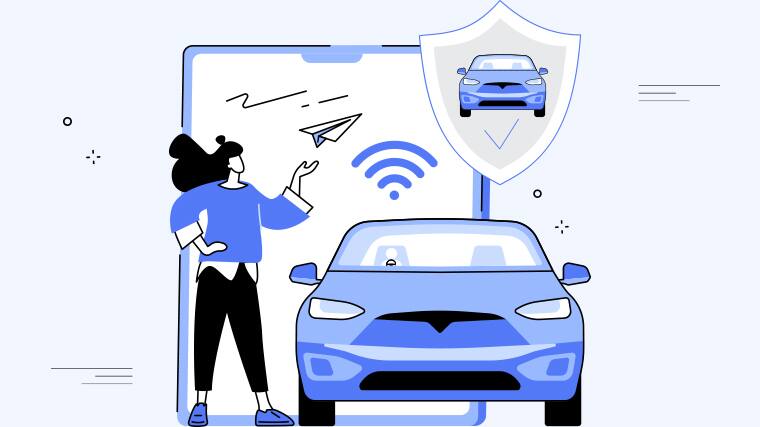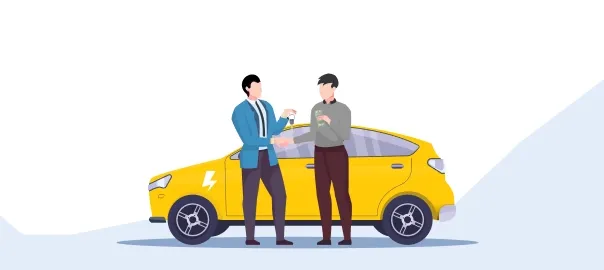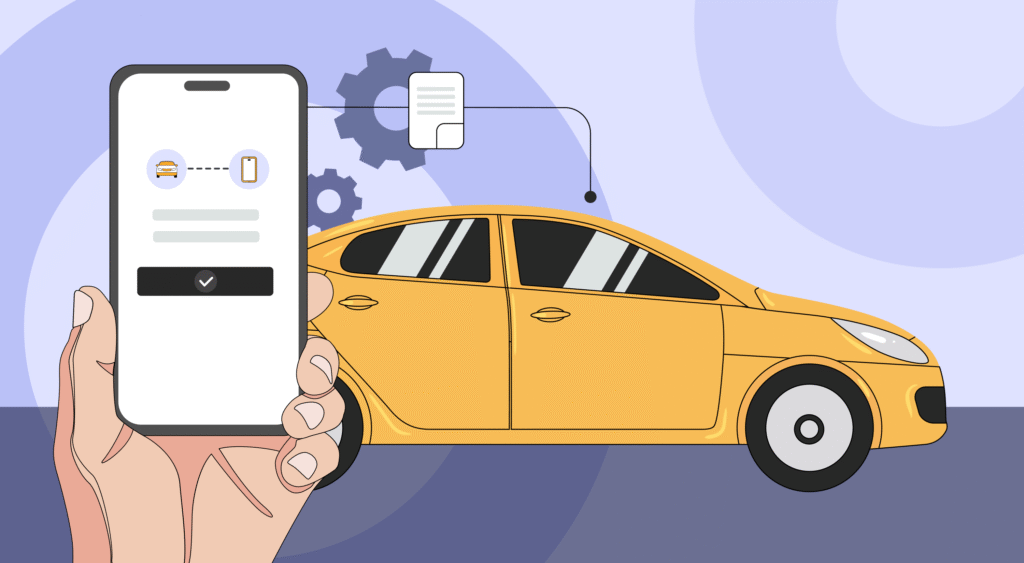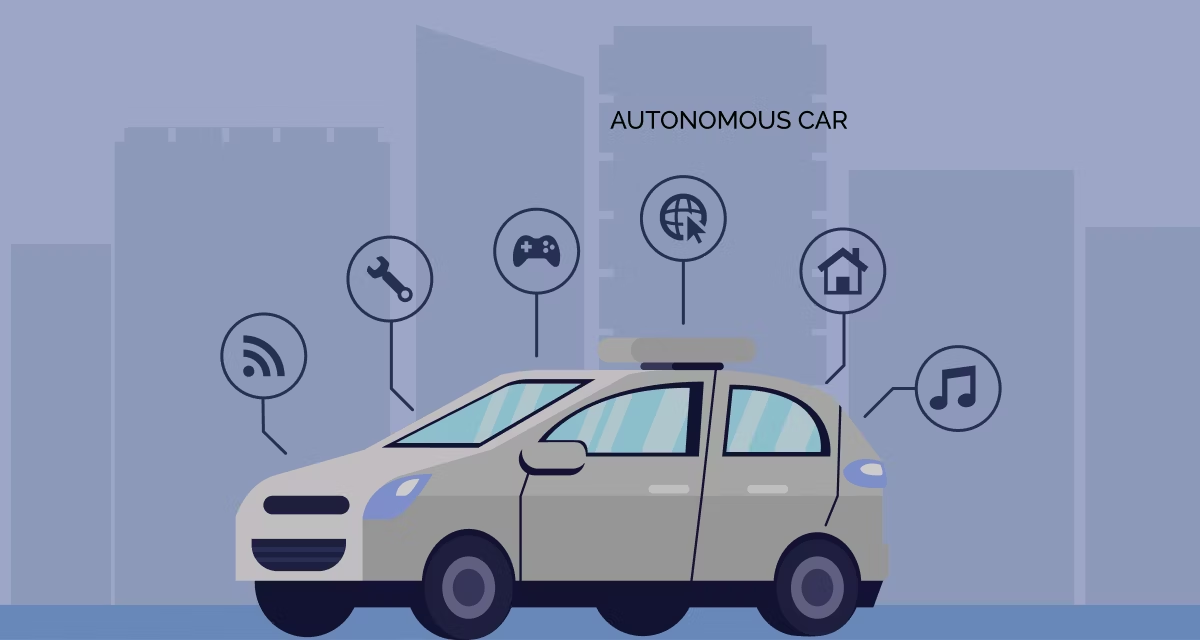The automotive landscape in India is on the verge of a technological revolution. Autonomous vehicles (AVs) and connected vehicles (CVs) are moving from science fiction into reality, promising safer roads, smarter mobility, and more efficient transportation. But as vehicles become more automated and connected, traditional motor insurance models need to evolve.
This raises critical questions for Indian drivers and insurers alike: How will insurance for autonomous and connected vehicles in India work? What risks will be covered? And how will premiums and liability structures change in the coming years? This guide explores the future of Indian motor cover in the era of self-driving and connected cars.
Understanding Autonomous and Connected Vehicles
Autonomous vehicles are cars that can operate with little or no human input, using sensors, cameras, AI, and advanced software to navigate safely. Connected vehicles, on the other hand, share real-time data with other vehicles, traffic management systems, and cloud networks to enhance safety, navigation, and maintenance.
Both technologies significantly alter the risk profile of vehicles, requiring insurance to adapt accordingly.

Why Insurance for AVs and CVs Is Different
Traditional motor insurance focuses on driver error and third-party liability. In autonomous and connected vehicles, liability shifts depending on technology failure, software glitches, or manufacturer errors. Key distinctions include:
- Product Liability: Manufacturers and software providers may share liability for accidents caused by system failures.
- Cybersecurity Risks: Connected vehicles face hacking and data breaches, creating new insurance requirements.
- Reduced Human Error: Fewer accidents due to driver mistakes could decrease premiums over time.
- High Repair Costs: Advanced sensors, LIDAR systems, and computer modules are expensive to repair or replace.
Potential Coverage in the Future
Insurance policies for autonomous and connected vehicles in India are likely to cover:
1. Third-Party Liability
Mandatory under Indian law, covering damages and injuries to others. Liability rules may adapt to account for manufacturer involvement.
2. Own-Damage Coverage
Covers repair or replacement of the AV or CV in case of collisions, natural disasters, or vandalism.
3. Cybersecurity & Data Breach Insurance
Protects owners and manufacturers against losses due to hacking, data theft, or system manipulation.
4. Software & System Malfunction
Covers accidents caused by glitches in navigation, braking, or collision-avoidance systems.
5. Product Liability & Manufacturer Coverage
In joint policies, insurers may cover defects, recalls, or failures linked to manufacturers or suppliers.
6. Advanced Telematics & Pay-As-You-Drive Plans
Connected vehicles can leverage real-time data to calculate premiums dynamically based on usage, driving behavior, and system performance.
Key Challenges for AV & CV Insurance in India
- Regulatory Uncertainty: India’s legal framework for autonomous vehicles is still evolving. Liability rules, data protection laws, and safety regulations need clarity.
- High Repair & Replacement Costs: Sensors, cameras, and AI systems are costly. Repairing or replacing these parts can drastically increase claims costs.
- Cybersecurity Threats: Connected vehicles are vulnerable to hacking, raising the stakes for insurers.
- Lack of Historical Data: Actuarial calculations are challenging due to limited accident and risk data for AVs.
- Public Trust & Adoption: Insurers must educate consumers about coverage options as the technology matures.

Current Trends in India
While fully autonomous vehicles are still in testing phases, connected vehicle technology is already present in India:
- Smart car platforms in premium vehicles (Tata, Mahindra, MG, Hyundai) provide connected services and telematics.
- Insurers are exploring usage-based insurance (UBI) using telematics for premium calculation.
- Collaboration between tech companies and insurers is beginning to address cyber and product liability risks.
- Pilot projects for AV testing are underway in select cities, creating groundwork for regulatory frameworks.
The Future Outlook
The future of Indian motor cover for autonomous and connected vehicles will likely include:
- Shift in Liability: Partial liability moving from drivers to manufacturers, software developers, and vehicle owners.
- Premium Adjustments: Insurance costs may decrease due to reduced human error but increase for high-tech component coverage.
- Integrated Cyber & Auto Policies: Combination of vehicle, software, and data protection insurance.
- Real-Time Risk Assessment: Connected cars providing data for dynamic premium pricing and risk-based rewards.
- Government Support & Standardization: Regulations and safety standards will guide insurers and manufacturers, enabling mass adoption.

Tips for Future AV & CV Insurance Buyers
- Monitor Technology Adoption: Be aware of connected or autonomous features in your vehicle and their insurance implications.
- Check Manufacturer Policies: Some automakers provide bundled insurance covering AV features.
- Understand Liability Shifts: Know how responsibility is shared between driver and manufacturer.
- Consider Cyber Coverage: As vehicles go digital, cyber risks become real and costly.
- Stay Updated on Regulatory Changes: AV adoption will coincide with new insurance laws and safety standards in India.
Conclusion
The insurance landscape for autonomous and connected vehicles in India is evolving rapidly. While technology promises safer roads and smarter mobility, it also introduces new risks and liabilities. Insurers, manufacturers, and consumers must adapt to ensure adequate coverage.
For Indian drivers and fleet operators, planning ahead for AV and CV insurance ensures that when these technologies become mainstream, you’re ready to enjoy the benefits of innovation without unexpected financial exposure. The future of Indian motor cover lies at the intersection of technology, regulation, and innovative insurance products.

Leave a Reply